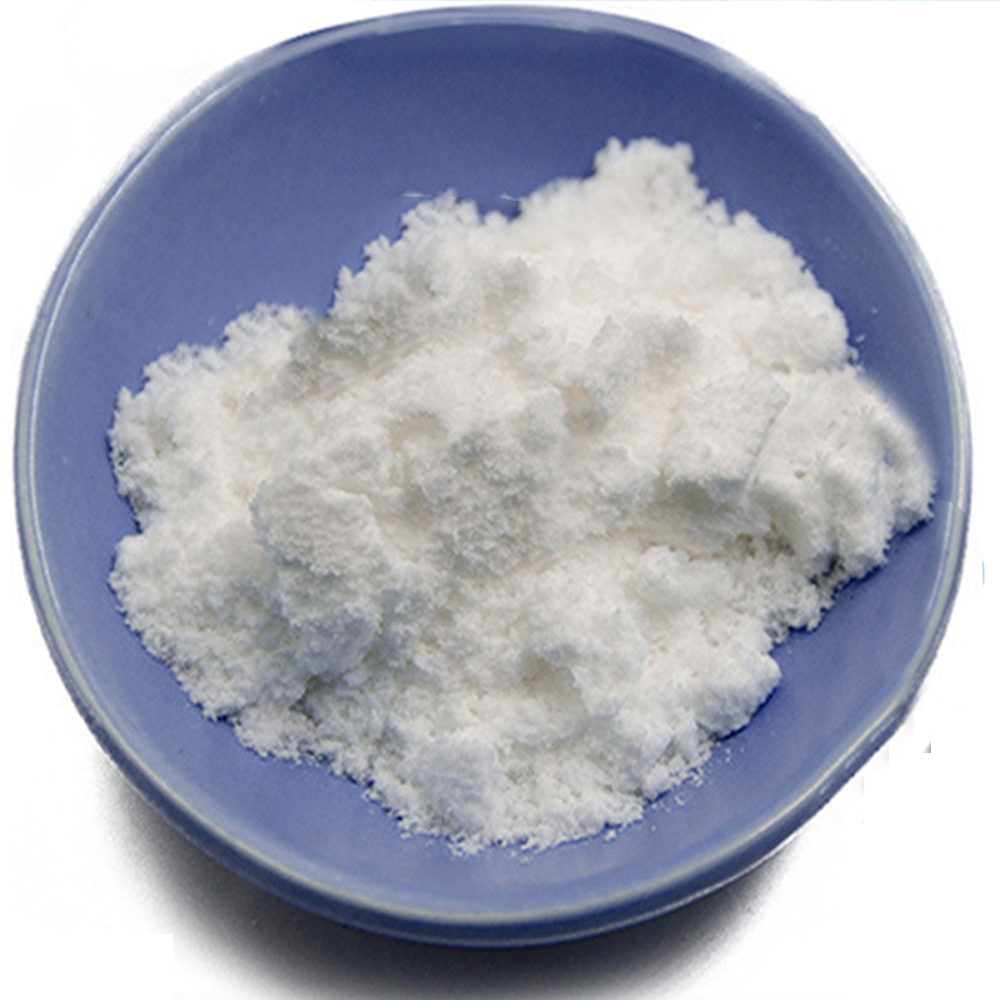



Chlorine Dioxide Applications in Effective Water Treatment Processes and Environmental Safety
Chlorine Dioxide in Water Treatment An Overview
Chlorine dioxide (ClO2) is a powerful oxidizing agent that has gained popularity in water treatment processes. Its unique chemical properties make it an effective disinfectant and oxidizer, offering several advantages over traditional water treatment methods, particularly chlorine.
One of the primary applications of chlorine dioxide is in the disinfection of drinking water. Unlike chlorine, which can form harmful by-products such as trihalomethanes (THMs) and haloacetic acids during the disinfection process, chlorine dioxide does not produce these by-products in significant quantities. This makes it a safer option for ensuring water quality. Additionally, chlorine dioxide has a higher biocidal efficacy, meaning it is effective against a broad spectrum of microorganisms, including bacteria, viruses, and protozoa, even at lower concentrations.
The use of chlorine dioxide in water treatment is particularly beneficial in removing taste and odor from water, which can be caused by organic materials. The oxidizing properties of chlorine dioxide allow it to break down these compounds, resulting in improved water organoleptic quality. This aspect is critical for municipalities striving to provide clean, palatable drinking water to their constituents.
chlorine dioxide used in water treatment

Another significant advantage of chlorine dioxide is its stability as a disinfectant. While chlorine gas dissipates quickly and loses effectiveness over time, chlorine dioxide remains effective even in the presence of high levels of organic matter and fluctuating pH levels. This stability allows for more consistent disinfection efficacy and ensures that water remains safe for consumption from treatment facilities to the point of use.
The use of chlorine dioxide is not without challenges, however. It must be generated on-site due to its unstable nature in concentrated forms. Typically, chlorine dioxide is produced by mixing sodium chlorite with an acid, leading to the release of ClO2 gas. This process requires careful monitoring and management to maintain safety and ensure effective dosing.
Moreover, the regulatory framework surrounding chlorine dioxide usage varies across different regions. In some places, stringent guidelines govern its concentration levels in drinking water, which necessitates comprehensive monitoring to comply with health standards. Operators must be trained to handle this chemical safely and efficiently, ensuring that water treatment facilities can leverage its benefits without compromising public health.
In conclusion, chlorine dioxide serves as an effective and versatile tool in the realm of water treatment. Its advantages—such as superior disinfection capabilities, minimal by-product formation, enhanced taste and odor removal, and stability—make it an attractive alternative to traditional chlorine treatment. As water quality standards continue to rise and the demand for clean, safe drinking water becomes more pressing, the role of chlorine dioxide in water treatment is likely to expand further. However, careful management and adherence to regulations will remain critical to ensure its safe and effective application in providing potable water to communities worldwide.
-
Why Sodium Persulfate Is Everywhere NowNewsJul.07,2025
-
Why Polyacrylamide Is in High DemandNewsJul.07,2025
-
Understanding Paint Chemicals and Their ApplicationsNewsJul.07,2025
-
Smart Use Of Mining ChemicalsNewsJul.07,2025
-
Practical Uses of Potassium MonopersulfateNewsJul.07,2025
-
Agrochemicals In Real FarmingNewsJul.07,2025
-
Sodium Chlorite Hot UsesNewsJul.01,2025










